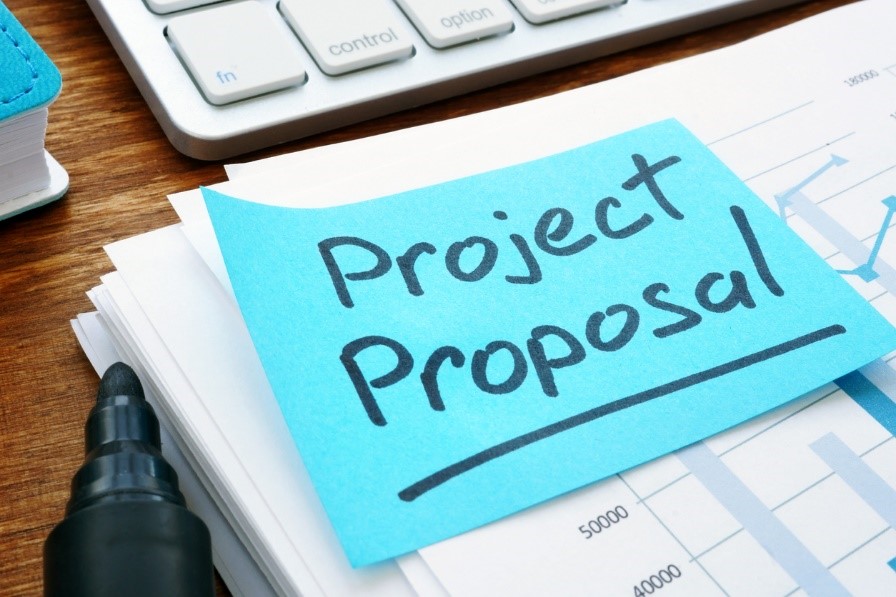Simplifying the RFP process can streamline a community association’s vendor-vetting experience
A property manager’s primary goal is to maintain an attractive, functional, and peaceful community for residents, and there are a lot of moving parts that go into making that happen. The majority of the time, it may seem like the work goes unnoticed – in actuality, that’s a good thing, because it means everything is running smoothly. However, when repairs, maintenance, or project completion is needed, residents want to know that the HOA is on top of it, and they are eager to see the progress that provides that reassurance.
As a result, many community associations rush through the bidding process in an attempt to get a job done as quickly and inexpensively as possible. Selecting a vendor haphazardly can be a grave mistake that may end up costing the HOA time as well as money. Streamline the vendor-selection and bidding process by standardizing the Request-for-Proposal (RFP) procedure.
Steps for improving Requests for Proposals
1. Do the research
Many contractors provide a variety of services or specialize in a certain area, which can make the selection process complicated if the management fails to do some initial research. Inviting the right companies to bid narrows the scope of the search significantly. Make sure the services needed are clearly defined so all vendors are providing accurate estimates.
2. Schedule a visit
Prospective vendors need to know exactly what the project entails and should visit the community to fully ascertain the work to be done. Schedule individual walk-throughs with each contractor so they can visualize the project and ask any questions they may have. A site visit is also a valuable opportunity for a manager to develop an impression of the vendor’s representative and build rapport.
3. Request information
The HOA should obtain the same information from each vendor so it can compare each bidder equally. Decide what information would be the most helpful to making a decision. Suggestions include: certifications, references, a list of qualifications, past projects, prior experience, a list of subcontractors, and copies of licenses or insurance coverage. Management should call provided references, check online for reviews, and do all due diligence with the documentation it received.
4. Evaluate the whole package
It can be tempting to focus solely on price, and while adhering to a budget is important, don’t forget that the old adage “You get what you pay for” exists for a reason. The HOA should valuate vendors on the overall value they bring. Professionalism, efficiency, and experience are often worth a higher cost and may reduce costly mistakes or complaints from community members.
5. Use available tools
Selecting the appropriate vendor for a project is important, and the RFP process can feel tedious or overwhelming. If you’re not confident in your ability or availability, use the help that’s available. VendorSmart℠ can help automate the bidding process and assist in vendor vetting. Also, don’t hesitate to ask for assistance from someone within the association who may have experience or insight with the services needed or the bidding process itself.
Selecting vendors is a crucial part of the work an HOA does, and doing it well facilitates the seamless management that keeps the community content and satisfied that work is being done well. Create a strategy to simplify the bidding process so you can connect with contractors who contribute to the overall well-being of your community.VendorSmart℠ streamlines the bidding process by advertising your project to a pool of well-qualified, relevant vendors and by producing a side-by-side bid comparison and professional board packet with the push of a button.
